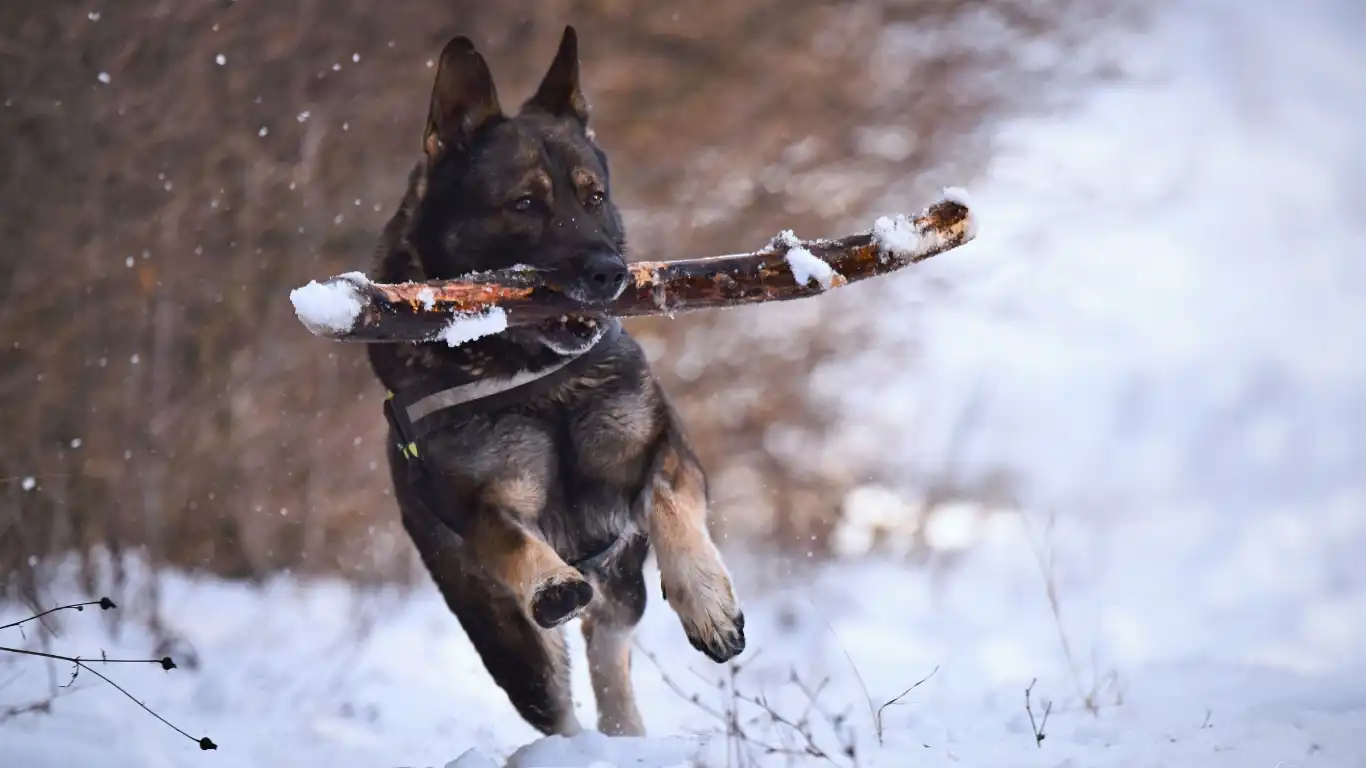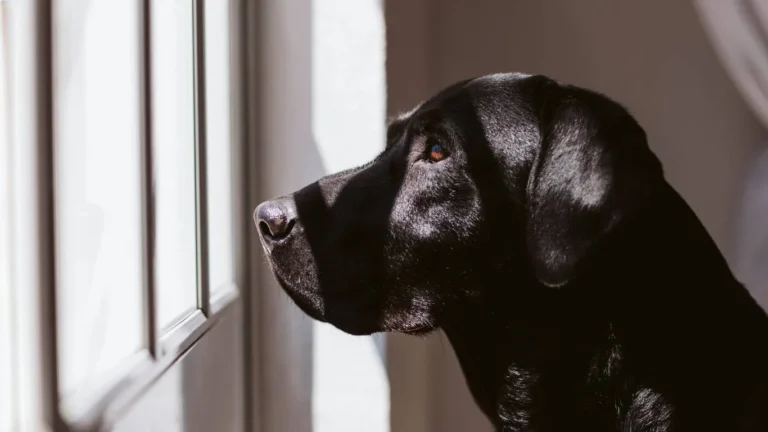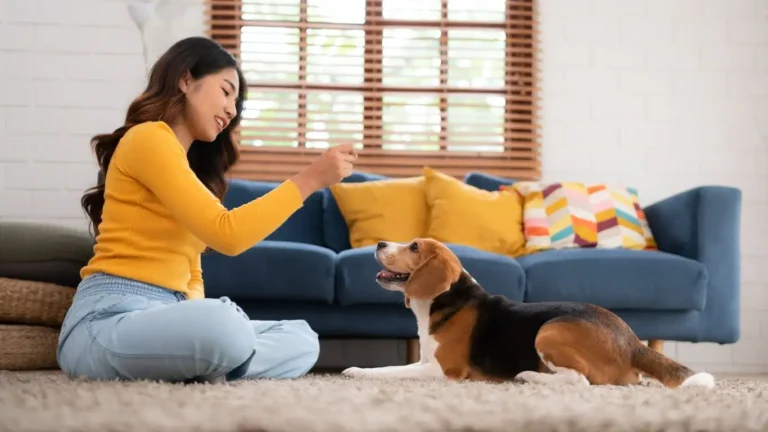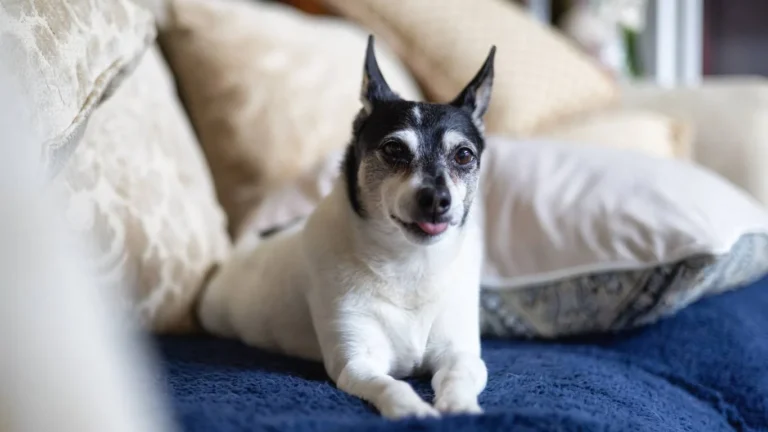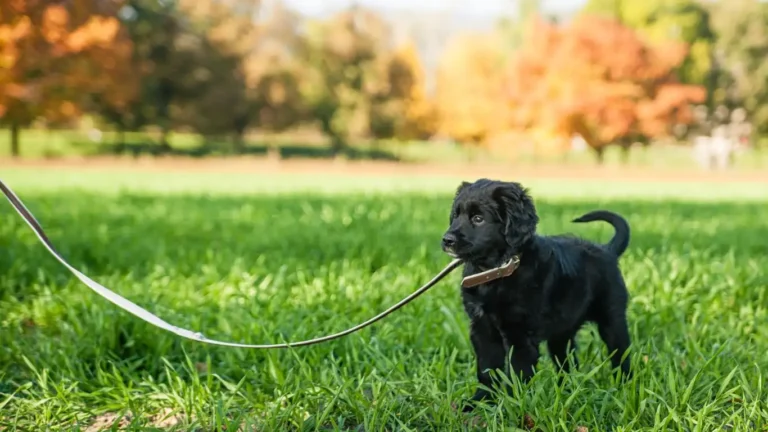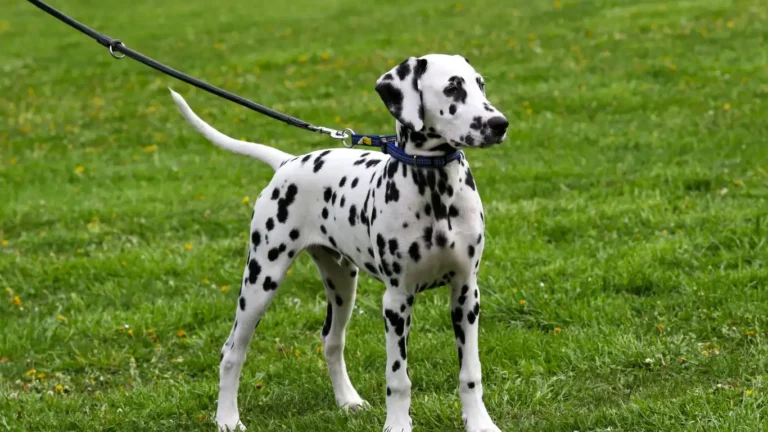How to Properly Introduce a Dog to a New Home: Tips for Success
Introducing a dog to a new home can be one of the most exciting yet nerve-wracking experiences for both the dog and the new owners. Whether you’re bringing a puppy into your life or adopting a rescue dog, the first few days and weeks in a new environment are crucial for building trust and ensuring a smooth transition. As a Canine-Assisted Therapy Trainer, I’ve seen firsthand how the way we introduce dogs to their new homes plays a significant role in their long-term comfort and behavior. In this article, we’ll walk through the steps of how to properly introduce a dog to a new home to help make the transition as smooth as possible for everyone involved.
Prepare Your Home for the New Arrival
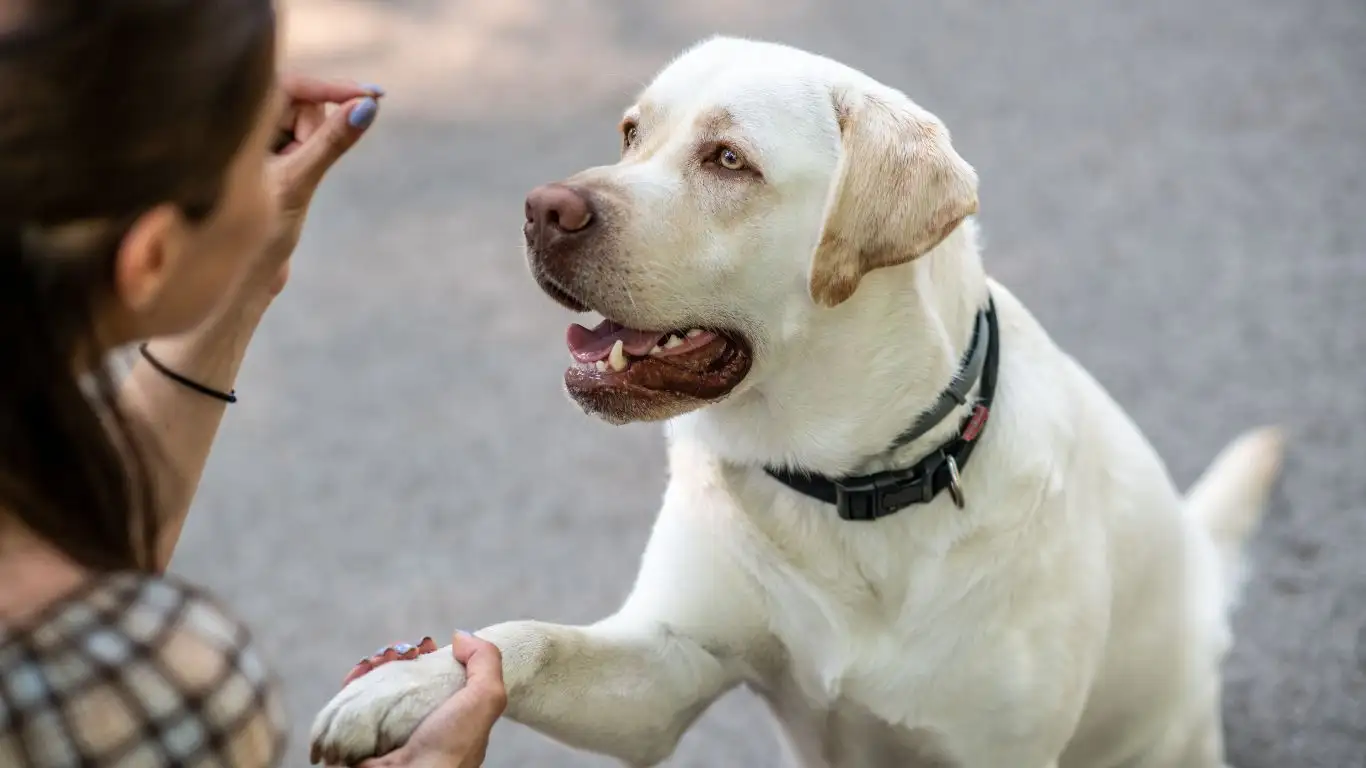
Before your dog even steps through the door, it’s essential to ensure that your home is safe and welcoming. The first impression will lay the foundation for how your dog feels about their new space. Think of it like setting up a cozy nest – a place where your dog can relax and feel secure right away. Here are a few key things to do before the big day:
- Designate a space for your dog: Pick a quiet area where your dog can retreat to if they need a break. This could be a crate, a bed, or a specific corner of the room.
- Remove potential hazards: Walk through your home and remove anything your dog could potentially harm themselves with. This includes sharp objects, electrical cords, or anything small enough for a dog to swallow.
- Stock up on supplies: Make sure you have food, water bowls, toys, bedding, and cleaning supplies on hand. Having everything ready will reduce stress on both you and your dog.
Set the Mood with Calming Scents and Sounds
Dogs rely heavily on their senses, especially smell and hearing. To make your dog feel more comfortable, consider using calming scents or music. There are various sprays and diffusers available that release scents like lavender or chamomile, which are known to reduce anxiety in dogs. You could also play soft music or calming sounds to help ease their nerves.
Additionally, if your dog is coming from a shelter or a different home environment, the smells of their new space might be overwhelming. Introducing familiar scents from their previous home – like a blanket or toy – can provide a sense of comfort.
Pick the Right Time to Bring Your Dog Home
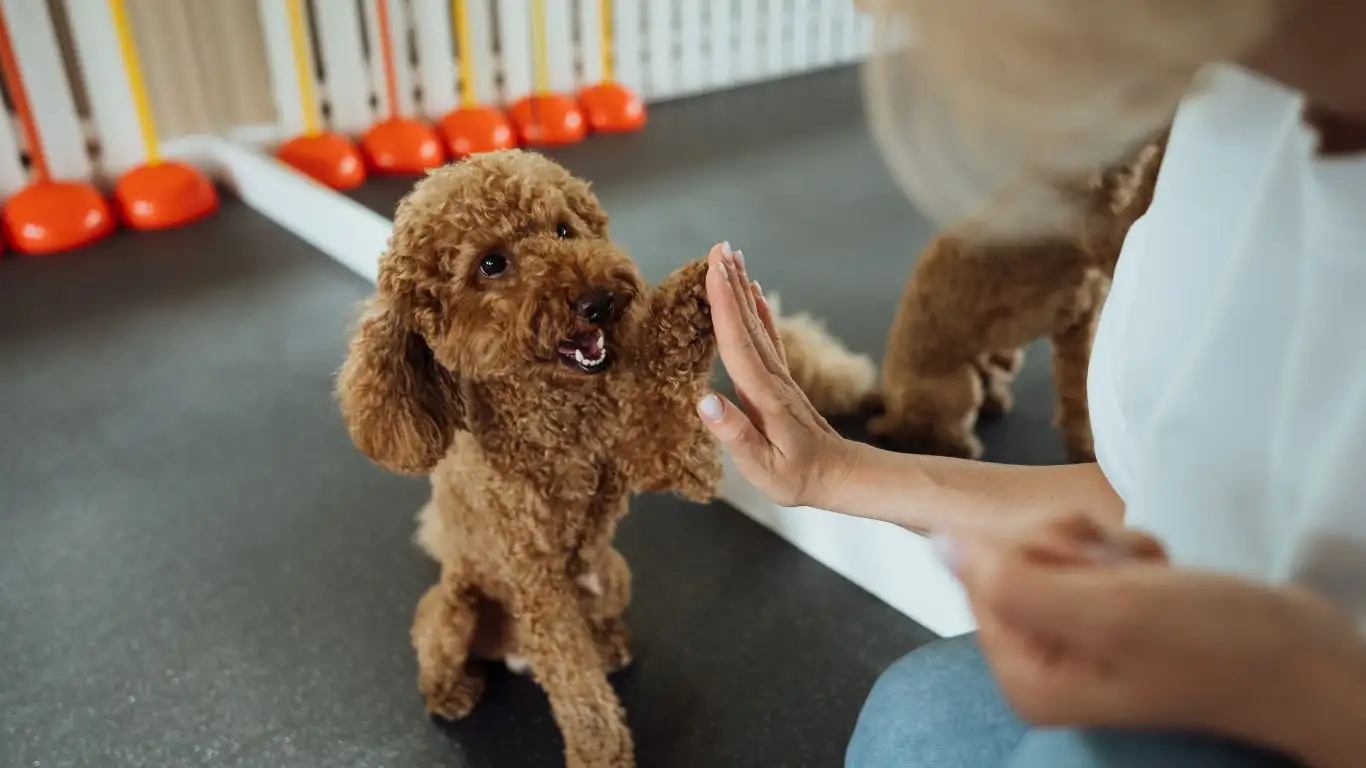
Timing is everything when it comes to introducing your dog to their new home. You want to ensure that you’re in a calm and collected mindset, as dogs can pick up on your emotions. If you’re stressed, your dog may feel uneasy as well. Choose a time when you can dedicate attention to the dog’s needs, like a weekend or when you have a few days off from work. This way, you can stay home with them, monitor their behavior, and create a positive first experience.
In my personal experience, one of the biggest mistakes I see is rushing the introduction. Dogs need time to adjust, and sometimes it takes a few hours or even days for them to start feeling comfortable in their new environment. Don’t worry if they don’t immediately settle in. Give them the space they need and allow them to explore at their own pace.
Stay Calm and Positive During the First Meeting
When it’s time to bring your dog into their new home, make sure to stay calm. Dogs are incredibly intuitive and can pick up on your energy. If you’re feeling anxious, your dog might mirror those feelings, making it harder for them to adjust. I recommend taking deep breaths and speaking softly to your dog. Approach them in a non-threatening way and avoid overwhelming them with too much attention right away.
Allow your dog to explore their new space on their own terms. They may want to sniff around and check everything out, and that’s completely normal. Don’t force them into interactions if they seem hesitant or shy – let them take their time. In the same breath, if they’re excited and energetic, let them burn off some energy before introducing them to other areas of the home.
Make Sure to Introduce Family Members Gradually
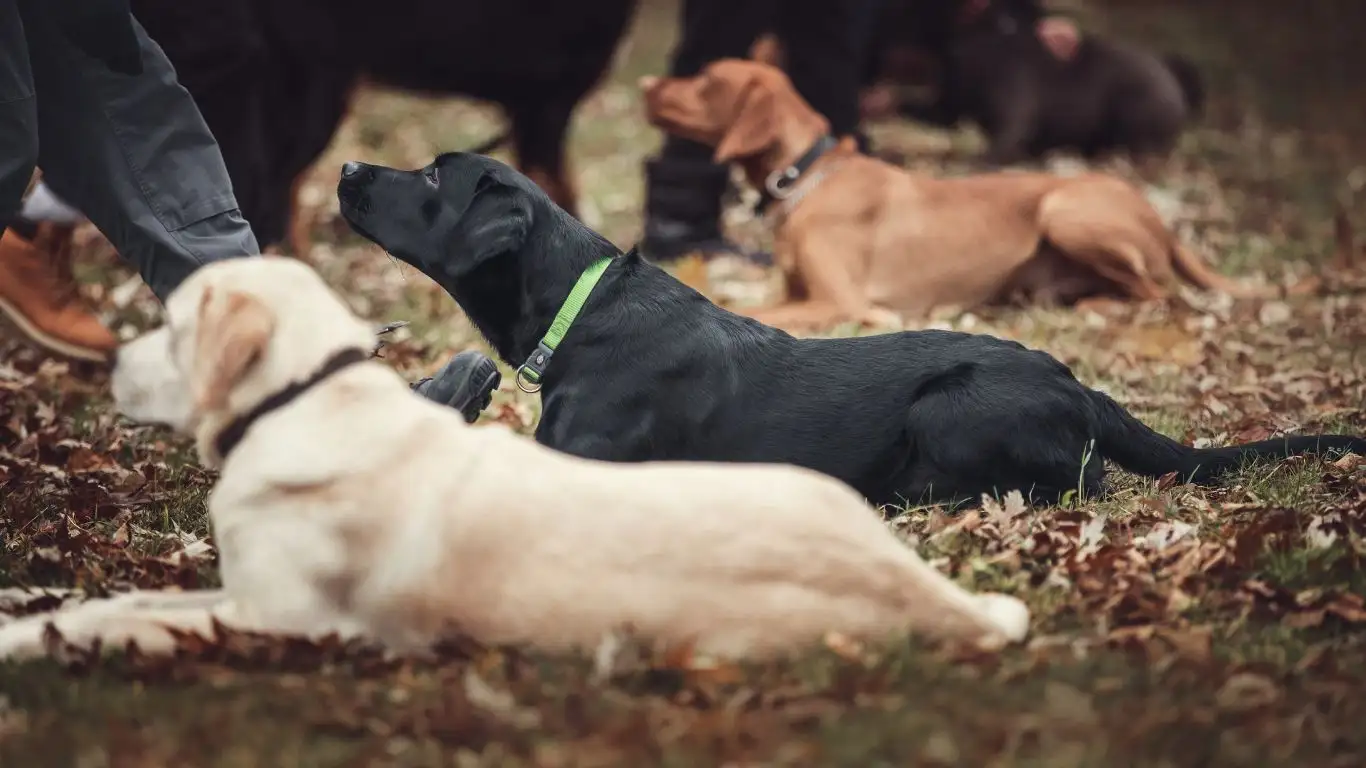
If you have other pets or family members, it’s important to introduce everyone gradually to avoid overwhelming your dog. Start by introducing them to one family member at a time. This will help reduce any feelings of chaos or confusion that can come from too many people at once. If you have other pets, introducing them to your new dog should be done carefully to ensure that they get along. I suggest conducting introductions on neutral ground, such as outside or in an area of the house that doesn’t belong to either pet.
Don’t rush the process of socializing your dog with other household members or animals. Let each introduction happen at a slow pace, and always observe the body language of your dog and the other pets involved. It may take time for everyone to adjust, but patience is key in these situations.
Remember, introducing a dog to a new home is a process. By preparing your home in advance, keeping a calm and positive attitude, and introducing family members and other pets slowly, you’re setting the stage for a smooth and successful transition for your new furry friend.
Establish a Routine to Build Stability

After the initial introduction, one of the best ways to help your dog feel more comfortable is by establishing a routine. Dogs thrive on predictability, and routines help them understand what to expect next. By creating a regular schedule for meals, potty breaks, walks, and playtime, you’re providing a sense of stability that helps your dog adjust to their new home faster.
From my experience, I’ve seen how dogs who are introduced to a solid routine early on seem to adjust more quickly. It’s also great for you, as it helps create structure and ensures your dog’s needs are met consistently. For example, feeding your dog at the same time each day, taking them out for bathroom breaks after meals, and scheduling regular walks will help them feel more secure.
Make sure to also incorporate plenty of downtime into the schedule. Dogs, especially those new to your home, can easily become overstimulated, so providing them with quiet time to rest is equally important. This balance of activity and rest helps to reduce anxiety and fosters a stronger bond between you and your dog.
Use Positive Reinforcement to Encourage Good Behavior

Positive reinforcement is one of the best tools you can use to create lasting bonds with your dog. This method involves rewarding your dog with treats, praise, or toys for displaying desirable behaviors. When you properly introduce a dog to a new home, it’s crucial to set a positive tone right from the start. This can help prevent issues like anxiety or confusion in the early stages.
For instance, if your dog is doing well in a new environment or follows your commands correctly, reward them with a treat or a happy “good dog!” If they settle down in their new bed or play gently with a toy, praise them for making those good decisions. This encourages them to repeat those behaviors in the future.
I’ve noticed that using positive reinforcement from the very beginning helps dogs build confidence and feel more secure. It’s important to avoid punishment, especially during the adjustment period, as it can lead to fear and confusion. Instead, focus on reinforcing the behaviors you want to see more of. Over time, this builds trust and shows your dog that they are in a safe environment where they are valued and loved.
Don’t Rush Training – Take Baby Steps
Training your dog doesn’t need to be an immediate focus after you’ve brought them home. It’s tempting to want to start teaching them everything right away, but I’ve found that taking small steps and focusing on simple commands first is key. Just like people, dogs need time to adjust to their new surroundings before they can fully concentrate on learning new tasks. Keep in mind that training is a gradual process.
Start with the basics like “sit,” “stay,” and “come” in a calm, controlled environment. Once your dog starts settling in, you can slowly introduce new commands. With time and patience, you’ll start seeing them respond to your cues more quickly. Consistency is key. If you repeat the same commands, using the same tone and gestures each time, your dog will begin to understand what is expected.
Socializing Your Dog with Other Pets and People
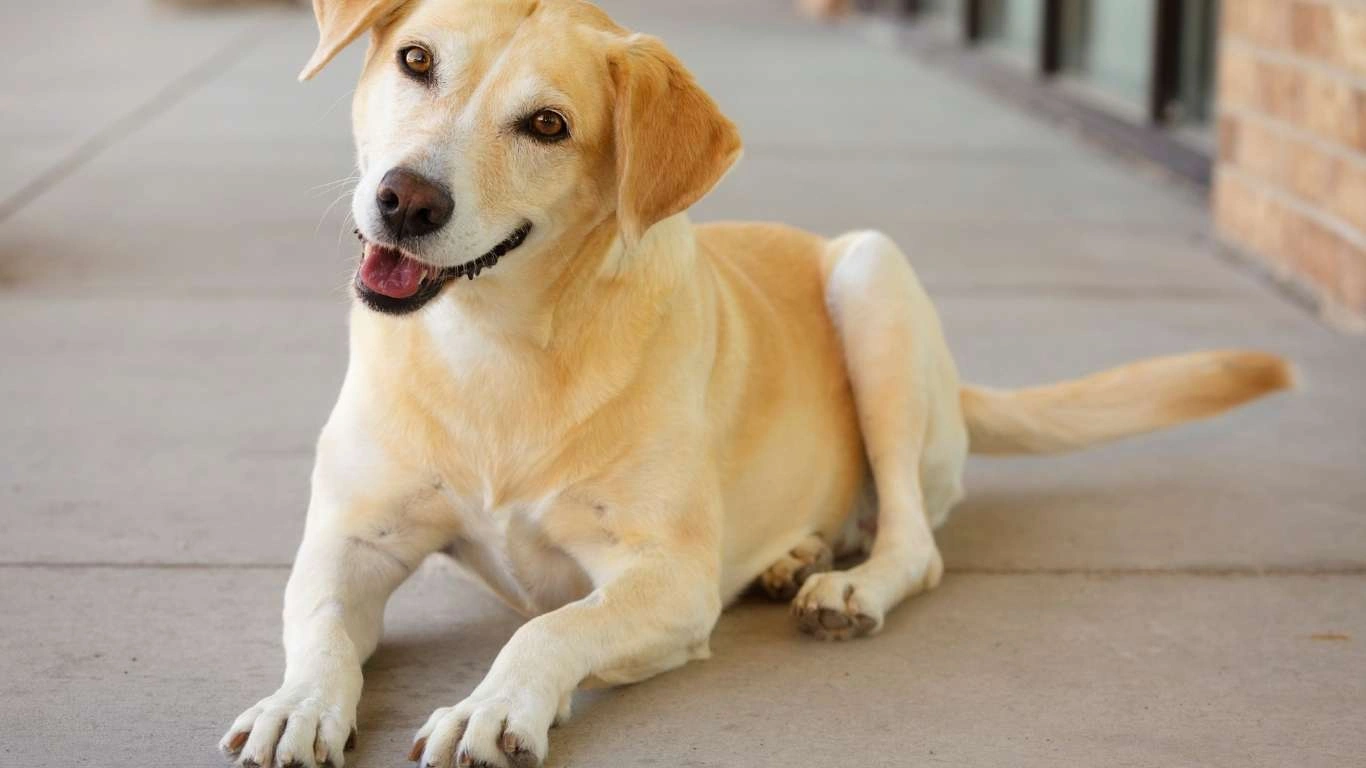
Socialization is one of the most important aspects of introducing a dog to a new home. Whether your dog is an only pet or there are other furry friends in the household, it’s essential to manage their social interactions carefully. Socializing your dog early on will help them become more comfortable with new people, animals, and different environments.
For dogs with no previous exposure to other pets, slow and controlled introductions are a must. If you’re introducing them to another dog, make sure to do it on neutral ground. I usually recommend taking the dogs for a walk together, allowing them to interact while on leash. This minimizes territorial behavior and allows them to get to know each other in a more relaxed environment.
If your new dog is coming from a shelter or rescue, they might not be used to meeting other dogs or people in a positive way. Be patient and observe their body language closely. Signs of fear or aggression are signals to slow things down and give your dog more time to adjust. In these situations, I’ve found that taking the process step-by-step works wonders. Giving your dog time to get used to meeting other pets and people on their own terms will lead to smoother interactions down the line.
Introduce New Experiences Gradually
As your dog settles in, don’t overwhelm them with too many new experiences at once. Introduce them to new places, people, and situations gradually to avoid overstimulation. For example, start by taking your dog on short car rides or walks to explore the neighborhood, and as they grow more comfortable, you can expand their experiences.
New experiences should always be fun and positive. Reward your dog with treats or praise whenever they handle a new situation well. This helps build confidence and reinforces that new experiences aren’t something to fear. Socializing your dog doesn’t just involve other pets; it’s about introducing them to the world around them in a calm, controlled way.
Overall, patience is key when introducing a dog to a new home. Each dog adjusts at their own pace, and trying to rush them can only lead to setbacks. By maintaining consistency, using positive reinforcement, and gradually introducing new experiences, your dog will feel more secure and comfortable in their new environment. Remember, building a relationship with your new dog is a journey, and the reward is a loyal, loving companion for life.
Be Mindful of Your Dog’s Health and Nutrition
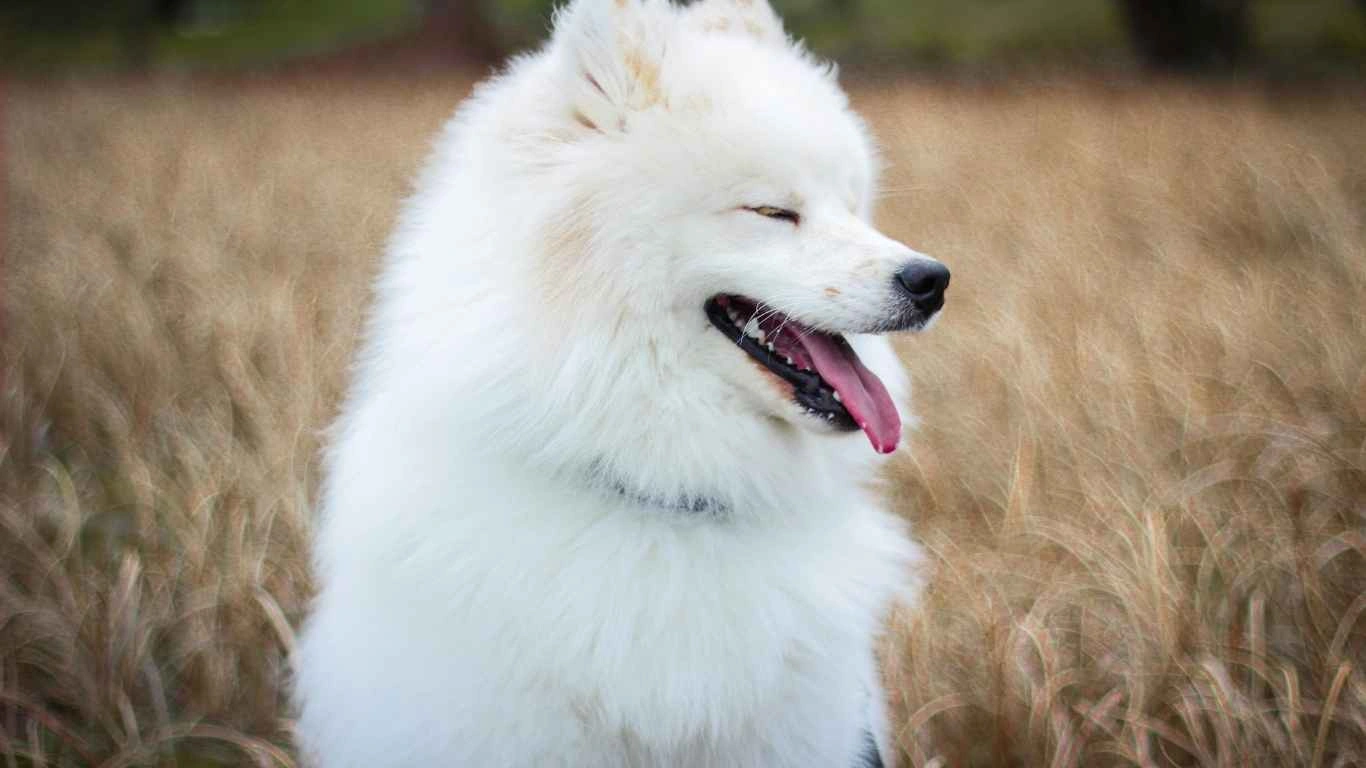
Taking care of your dog’s health and nutrition is crucial during the early days of their transition into your home. Proper nutrition not only supports their physical health but also contributes to their emotional well-being. A balanced diet will help your dog stay energized, build muscle, and have a healthy coat. After all, a well-fed dog is generally a happier dog!
When introducing a dog to a new home, it’s important to maintain their regular diet, at least during the first few days or weeks. Dogs, especially those from shelters or rescues, can be sensitive to sudden changes in food, which may lead to upset stomachs or behavioral issues. If you do want to transition to a new food, I recommend doing so gradually over a week or so by mixing small amounts of the new food with their current food and increasing the ratio over time.
From my experience, I’ve noticed that many dogs who are dealing with anxiety or stress during the move might show a decreased appetite. If your dog isn’t eating much, it’s important to be patient and not force them to eat. Ensure that fresh water is always available, and keep the meals calm and relaxed. If the issue persists, it’s a good idea to check in with your vet to rule out any medical problems or get advice on how to help your dog through this period.
One thing I always advise new dog owners is to invest in high-quality food, tailored to your dog’s age, size, and breed. A good diet is foundational for their long-term health and can even help with training, behavior, and energy levels. Don’t hesitate to ask your veterinarian for recommendations or guidelines on feeding schedules that will help your dog thrive in their new home.
Understanding Your Dog’s Behavior During the Adjustment Period
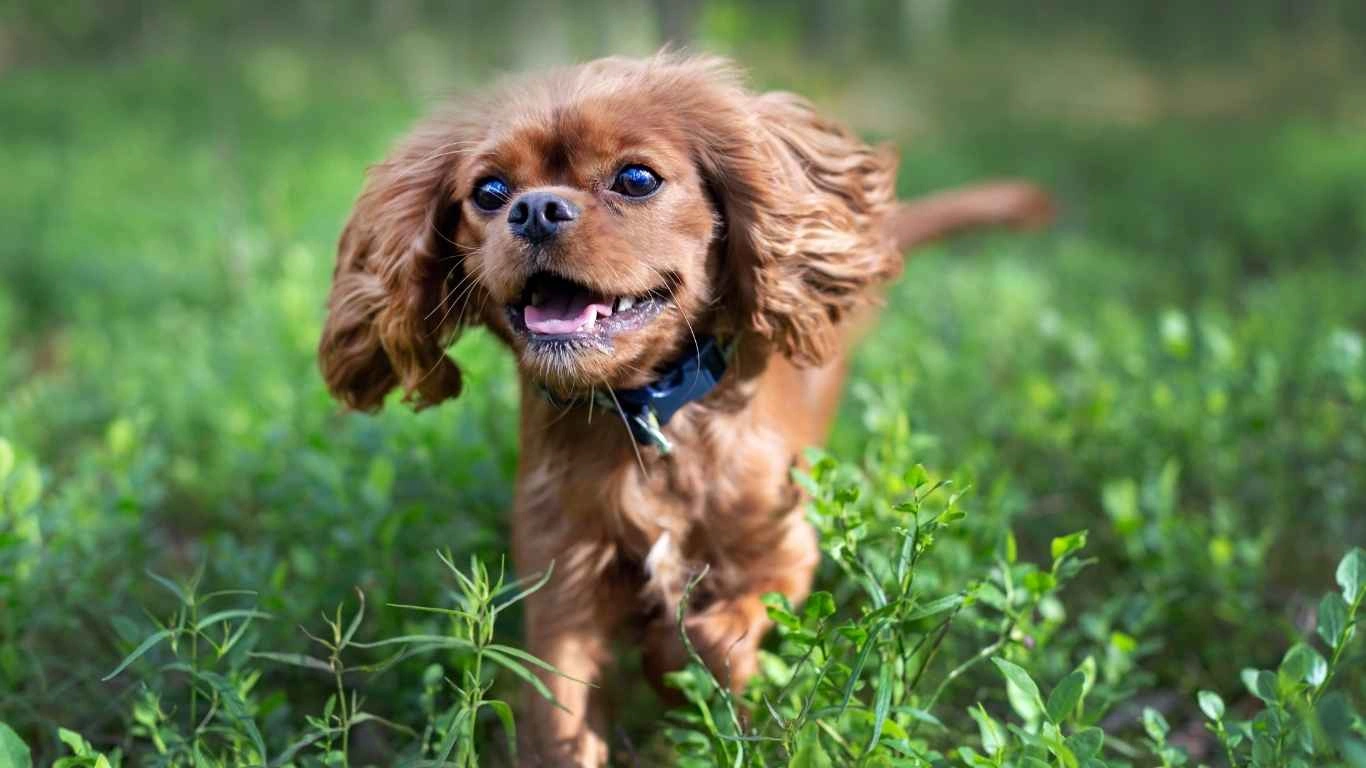
Adjusting to a new home can be overwhelming for a dog, and their behavior may reflect that. During this period, you may notice changes in their behavior, such as barking more than usual, hiding, whining, or even excessive drooling. These are normal responses to stress, new experiences, and changes in environment.
As a Canine-Assisted Therapy Trainer, I’ve spent a lot of time observing how dogs respond to these transitions. For instance, some dogs will be more vocal and may bark out of confusion or frustration. Others may show signs of fear or anxiety, like shaking or cowering. While this can be concerning, rest assured that these behaviors are often temporary and should subside as your dog adjusts to their new home. The key is to stay calm and patient, providing comfort and reassurance when needed.
One of the most important things to remember is that every dog is unique. Some dogs will adapt quickly to their new environment, while others may take longer to feel comfortable. If you notice that your dog is displaying extreme signs of distress (such as destructive behaviors, loss of appetite, or aggression), it’s important to consult with a professional trainer or veterinarian. They can help rule out any underlying issues and provide guidance on how to support your dog through their transition.
Signs of Stress and How to Cope
It’s common for dogs to experience some stress during a move. However, if your dog seems to be struggling, here are a few signs to look out for and ways you can help:
- Excessive barking or whining: This could indicate that your dog feels anxious or isn’t yet comfortable in their new environment. Try to keep their environment calm and quiet, and provide plenty of comforting activities, like chewing on a favorite toy.
- Avoidance or hiding: Some dogs might retreat to a corner or under furniture. This behavior is often a sign of insecurity, and it’s best to let them hide if they want to. Over time, as they feel more at ease, they’ll start exploring more.
- Destructive behavior: Chewing furniture or shoes can be a way for your dog to cope with anxiety. Providing more chew toys or safe items to gnaw on can help redirect this energy.
- Loss of appetite: Stress can affect a dog’s appetite. If this happens, keep mealtimes calm and consistent, and avoid pressuring your dog to eat. If they’re still not eating after a few days, it’s worth a visit to the vet.
Don’t be discouraged if your dog isn’t adjusting immediately. I’ve seen countless dogs take a little longer to adapt, and in time, they become the happy, well-adjusted companions we know and love. Patience is key to helping your dog through the adjustment period.
Provide Mental and Physical Stimulation
One of the best ways to help your dog feel comfortable in their new home is by providing plenty of mental and physical stimulation. Exercise and enrichment are essential for reducing stress and improving behavior. Whether your dog loves running, playing fetch, or solving puzzles, offering different types of stimulation will help keep their mind engaged and prevent boredom-induced behaviors.
As a trainer, I always suggest a combination of both physical activity and mental challenges. A tired dog is a happy dog! Regular walks, playtime, and interactive toys like puzzle feeders or treat-dispensing toys are great ways to engage your dog’s brain and body. Dogs who are mentally and physically stimulated are less likely to develop behavioral issues and are generally more relaxed in their environment.
In addition to regular exercise, consider exploring dog sports or training classes to keep your dog challenged and socialized. Activities like agility, obedience training, or even canine enrichment classes can help build your dog’s confidence and deepen your bond.
Disclaimer
While this article provides general tips for introducing a dog to a new home, it’s important to note that each dog is unique. If you encounter specific challenges or concerns during your dog’s transition, I highly recommend seeking professional guidance from a veterinarian or certified dog trainer. Always prioritize your dog’s health and well-being during the adjustment period, and remember that a calm, patient, and consistent approach is the best way to ensure a smooth transition into their new home.
References
For further information on dog training, health, and nutrition, you can refer to PawPatron or consult with your veterinarian for personalized advice.
